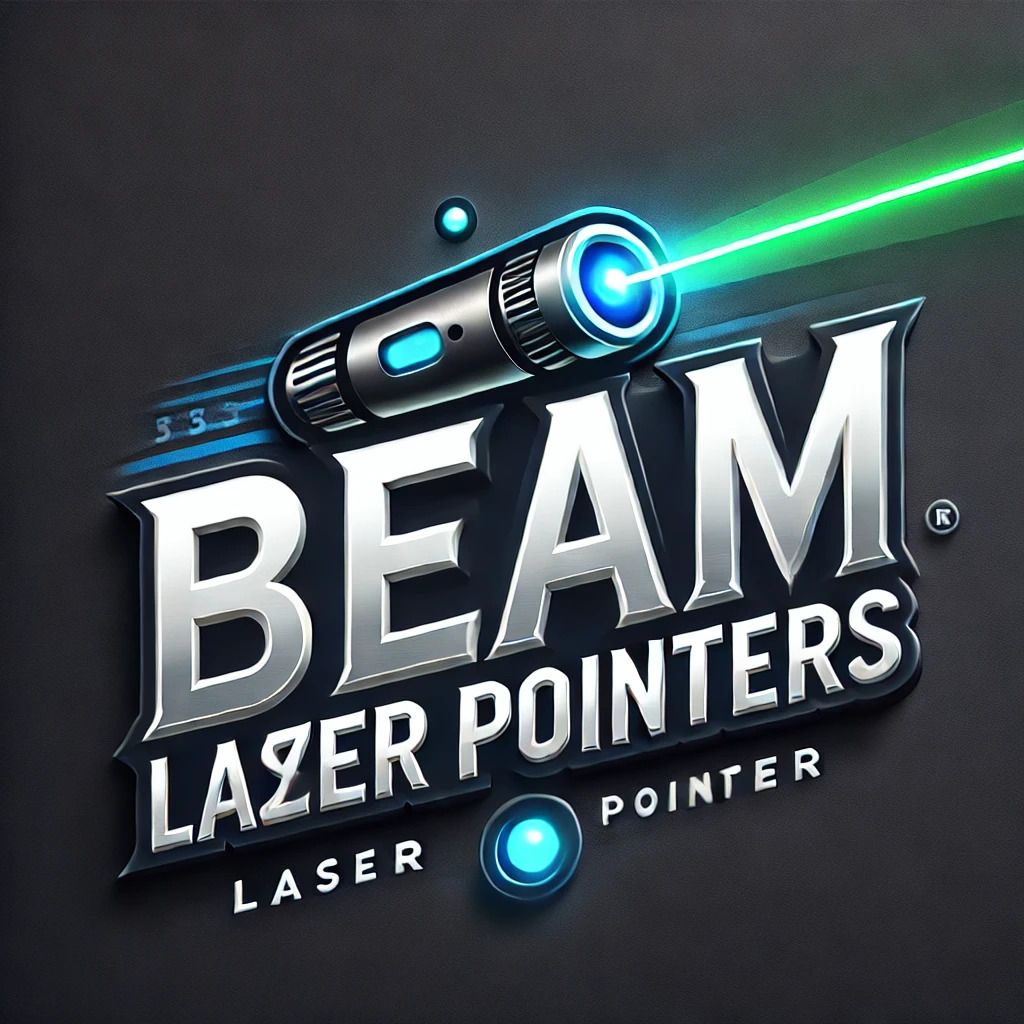
Common misconceptions about laser pointers
- Not all laser pointers are the same; they vary in power, color, and use.
- Misconceptions can lead to misuse, posing safety risks.
- Understanding laser categories is crucial for proper usage.
- Always prioritize safety features when selecting a laser pointer.
- Laser pointers can be beneficial in various fields including education and hobbies.
Laser pointers have become a staple in various settings, from classrooms to outdoor activities. However, many misconceptions surround their use, which can lead to improper handling and safety risks. In this article, we will clarify common myths and provide accurate information about laser pointers to enhance user knowledge and safety.
Understanding laser pointers
Laser pointers are compact devices that emit light through the process of stimulated emission. They are often used for presentations, teaching aids, or even as toys for pets. Despite their various applications, the details surrounding their operation and safety are often misunderstood. Below are some common categories of laser pointers:
| Category | Typical Use | Power Level (mW) |
|---|---|---|
| Astronomy Lasers | Pointing out stars and constellations | 5 - 50 |
| Presentation Lasers | Highlighting points in presentations | 1 - 5 |
| Pet Toy Lasers | Interactive play with pets | 1 - 5 |
| Tactical Lasers | Military and training use | 5 - 500 |
Common misconceptions
Below are some of the prevalent myths surrounding laser pointers along with clarifications to set the record straight:
Myth 1: All laser pointers are the same
Many people assume that all laser pointers are identical in function and power. In reality, they come in various colors, power levels, and designs suited for specific applications. For presentation lasers, low power levels are sufficient, while tactical lasers require higher power for effective use.
Myth 2: It's safe to point lasers at any surface
Pointing lasers at reflective surfaces can cause the light to bounce back unpredictably, potentially leading to eye injuries. Always exercise caution and avoid aiming at surfaces that could reflect laser light.
Myth 3: Laser pointers can cause permanent eye damage instantly
While laser pointers can potentially cause eye damage, the risk often depends on the laser's power and exposure duration. Following safety guidelines can help minimize risk substantially. Find out more about laser safety guidelines.
Myth 4: Higher mW equals better performance
Higher power in milliwatts (mW) does not always mean better performance for all usage scenarios. For example, a presentation laser only requires 1-5 mW to function effectively while more powerful lasers are necessary for specific applications like astronomy.
Staying safe with laser pointers
Understanding the specific uses of different types of lasers is essential to ensure safe operation. Here are some tips to ensure safe usage:
Tips for using laser pointers safely
- Select the appropriate power level for your activity.
- Avoid pointing lasers at people, animals, or reflective surfaces.
- Always check the specifications before purchasing.
- Store the laser pointer away from children.
- Regularly inspect your laser pointer for any signs of wear or damage.
Conclusion
Laser pointers are versatile tools that can enhance learning, outdoor activities, and even home entertainment when used correctly. Understanding the facts behind common misconceptions ensures that users maximize the benefits of their laser pointers while prioritizing safety.
Pros
- Versatile applications across various fields.
- Easy to use and portable.
- Affordable options are widely available.
- Enhances engagement in presentations.
Cons
- Potential safety risks if misused.
- Legal restrictions in some areas.
- Quality can vary significantly from product to product.



